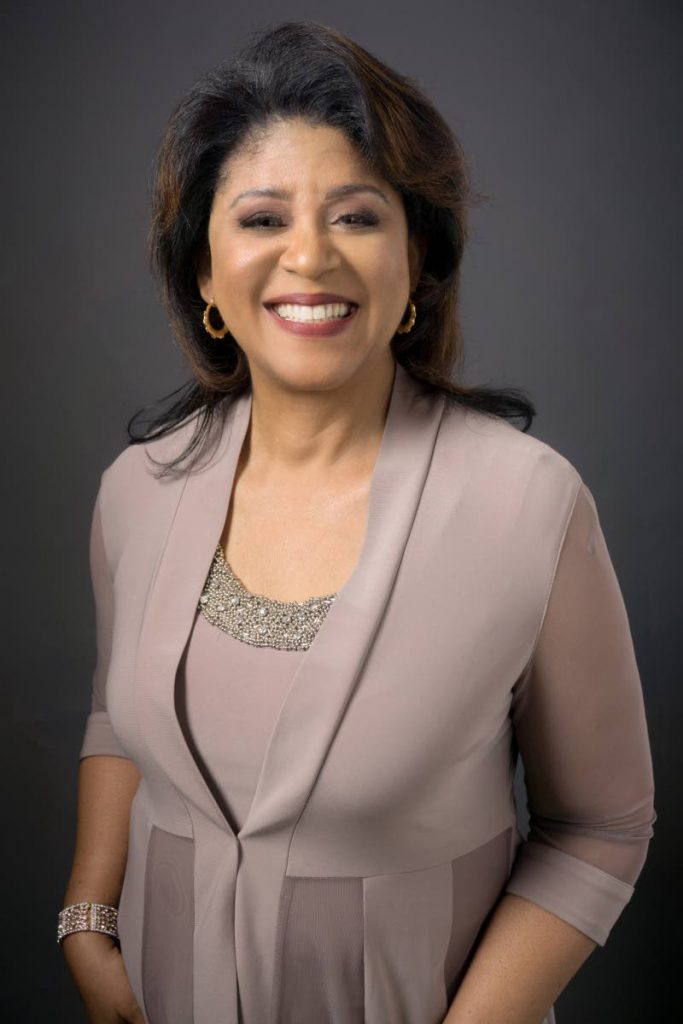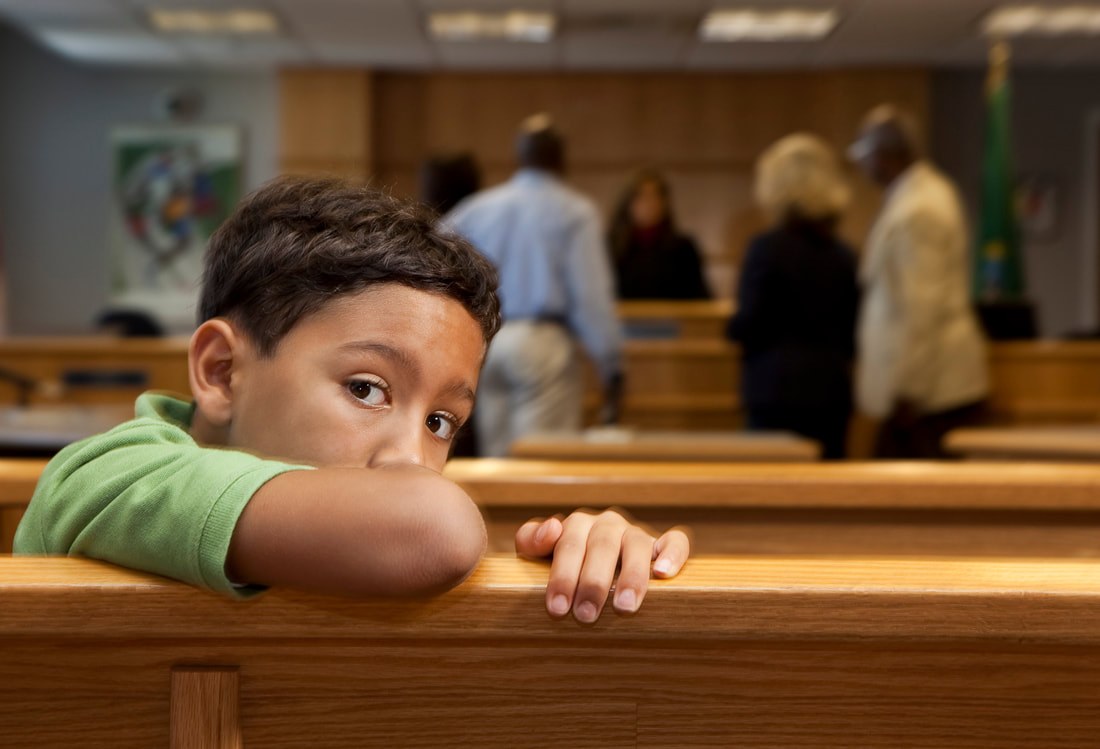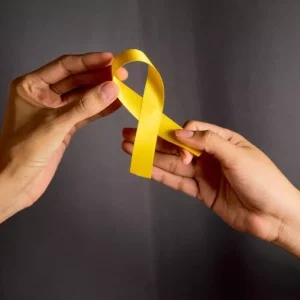An average of 443 criminal matters have been filed against children annually in last four years.
From February 2018 to May 31, this year a total of 1,771 criminal matters have been filed in the Children Court between the ages of seven and under 18.
According to Children Court records, in 2020 there were 577 matters with 147 being criminal indictable applications and 81 criminal summary applications.
And in 2021, 561 matters were filed, of which 97 were criminal indictable and 85 were criminal summary applications.
Over the two-year period, the five most common offences were possession of ammunition, possession of a firearm, robbery with aggravation, shooting with intent to cause grievous bodily harm, and larceny.
But, the vast majority of cases before the Children Court, 349 in 2020 and 379 in 2021, were matters in which a child needed protection or supervision.
The Children Court has been operating since February 28, 2018.
On June 24, while contributing to a motion brought by the Opposition United National Congress titled Failure to Prevent Surge in Criminal Activity in Parliament, Minister of Rural Development and Local Government Faris Al-Rawi said in 2020 and 2021, 215 and 107 children respectively were taken before the Children Court.
He said charges included disorderly behaviour, domestic violence, drug offences, escaping lawful custody, illegal entry, kidnapping, larceny, manslaughter, murder, and possession of firearms.
Clinical and educational psychologist Dr Margaret Nakhid-Chatoor believes the offences were committed by children who were angry, impulsive, reactive and explosive, especially after being isolated for long periods of time during the pandemic.

“In many instances, these violent behaviours are learned behaviours from other delinquent peers, gang members and from permissive families and parents who are largely absent from homes, with little supervision.”
She told Sunday Newsday the average numbers were comparable with societies globally as there had been higher rates of family violence and child abuse – emotional, physical, verbal and sexual – in the society, more than ever before.
“Children and teenagers are exposed to physical assault, sexual victimization, maltreatment, and in many homes, they may witness violence against family members. Repeated exposure to multiple forms of violence, places children at a greater risk of repeating these behaviours and modelling patterns which they may perceive as ‘normal and appropriate’.”
Nakhid-Chatoor said many “at risk” children who exhibit violent and delinquent behaviours could be identified as early as primary school level. She stressed that children do not become reactive overnight as there were many factors in the childhood and familial home that contributed to displays of aggression and juvenile offences.
Some signs include a lack of empathy towards others, cruelty to animals, physical assault of others when angry, throwing things, verbally abusive, isolative behaviours, fascination with fires and things that destruct, mental illness, substance abuse, threatening others, and carrying a weapon to school.
She said there needed to be a heavy focus on early intervention, assessment and monitoring of those children, providing relevant education, parenting skills programmes, and economic opportunities for families in need as they all helped in the prevention of violence in families.
She also lamented society’s response to criminal behaviour, saying it was more punitive than rehabilitative, as punishment and incapacitation were used as primary mechanisms of control.
“What are the investments made whist they are there (at Youth Transformation and Rehabilitation Centre) for rehabilitation? To what extent is counselling provided for them and their families? Are success stories documented?
“What can this society do? There has to be more of a social collective effort in this society. One where child welfare professionals, juvenile justice system personnel, medical and mental health providers, and parents and families all work together to protect children and help them heal and grow into healthy, productive adults.”
According to the Children Court, 15 children were sentenced to YTRC during 2020 and 2021 and two were sentenced to state prison as they would have been classified as children at the time of committing the offence, but were adults at the time of sentencing.
Up to August of this year, there were still 179 pending criminal matters from 2020, and 281 from 2021.
The offences included larceny, robbery with personal violence, unlawful and malicious damage, possession of a firearm and/or ammunition, possession of marijuana or cocaine, breach of…
Read the rest of the article here.
Dr Margaret Nakhid-Chatoor is a Clinical and Educational psychologist
Credit – Newsday Newspaper, (newsday.co.tt)
See the original article here.





